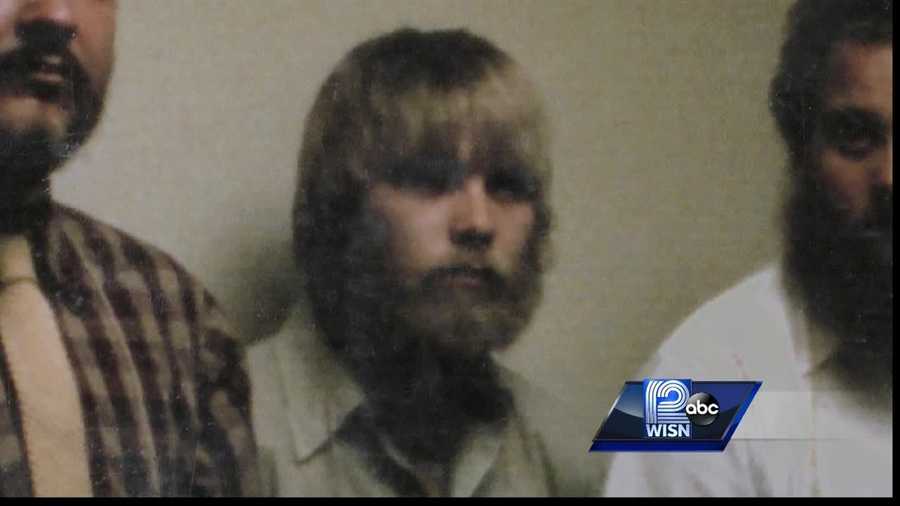'Making a Murderer' exposes limitations of forensic science
"Making a Murderer" has dominated discussion, sparked outrage and fostered doubt about the criminal justice system.
The attorney who first freed Steven Avery in 2003 talked exclusively with WISN 12 News investigative reporter Colleen Henry.
He explained how the film exposes the limitations of the forensic science that set Avery free but also convicted him of murder.
In a dark room at its Madison headquarters, the state bar is producing a webcast for lawyers riffing on the lessons of “Making a Murderer.”
The Netflix docu-series has captivated the world and cut to the core of the criminal justice system.
“This raises concerns about “Do we get it right in the criminal justice system?’” Wisconsin State Bar President Ralph Cagle said.
The expert training lawyers on power and failings of forensic science is the Innocence Project's Keith Findley. He won freedom for Avery in 2003 through DNA.
“Most lawyers go to law school cause they don't do science. It's sort of been just tradition that over the years that whatever the forensic analyst said everybody just sort of accepted it, and it's only recently that we've begun to realize that it's not that reliable,” Findley said.
In 1985, a mistaken identification and an unreliable microscopic comparison of hair wrongly convicted Avery of raping a Manitowoc woman. DNA testing eventually identified the real rapist as Gregory Allen.
“We're fascinated by science. We've got all the CSI shows that make everybody believe that the science is instantaneous, flawless and sexy, and it's none of those,” Findley said.
Findley said bad forensic science is the second leading cause of wrongful convictions. The National Academy of Science said the only consistently reliable forensic science is DNA.
“The science isn't there to allow us to say that this shoe print or this bite mark or this fingerprint came from this person and no other person,” Findley said.
He said the documentary highlights serious and common concerns about how forensic evidence is used.
At trial, Avery argued sheriff's deputies framed him by planting his blood at the murder scene. Prosecutors called a FBI chemist to blast those claims.
“My opinion is blood stains did not come from that tube of blood,” Dr. Marc LeBeau testified in 2008.
The FBI's testimony was both highly technical and controversial.
The FBI compared blood found in Halbach's car with blood in a test tube left over from Avery's exoneration.
Prosecutors argued if officers had planted blood from the tube, the FBI would find a preservative used in test tubes called EDTA. EDTA comparison is so rare, the only previous test ended in the stunning acquittal of OJ Simpson.
Findley said not only did the FBI's testing lack scientific reliability, but it lacked objectivity.
LeBeau said he did know this was a case that involved an allegation of police planting evidence.
“He doesn't need to know why he's doing the testing. If it's valid testing, he should be doing it blind,” Findley said. “The whole process was just wrong whether the outcome was right or not. The process of developing and presenting this scientific evidence was really problematic.
The bar is offering a webinar to improve understanding about the limitations of forensic science for attorneys, judges and the public who serve as jurors.
“Our business is to be concerned about justice,” Cagle said.
The forensics webinar is available to lawyers and the public for a fee. Click here to find information about it.
WISN 12 is airing a special on the Avery case at 6:30 p.m. Friday – “Steven Avery: Inside the Case Files.”


